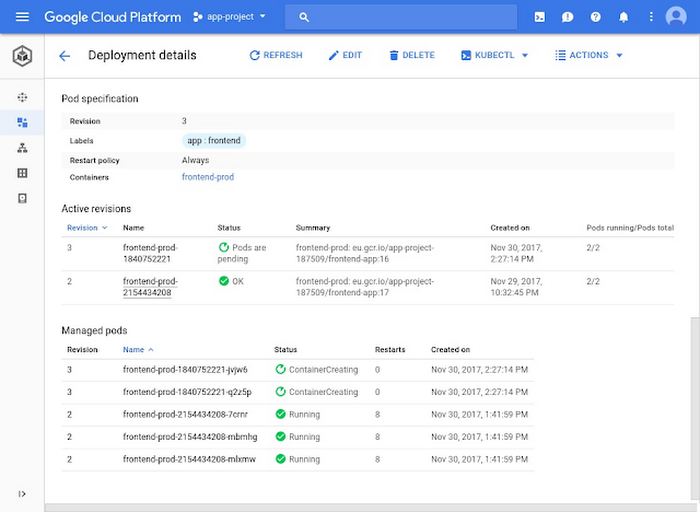Docs
Prior art
Today our quick-start guide for kratix is:
- Install cert-manager
- Install Kratix and Flux
- this includes minio, because its designed to be single cluster all in-one
- Install configure Kratix and Flux (destinations, statestore, kustomizations)
- Install a promise to test it works
Our full installation guide for multi-cluster is:
- Create platform cluster if doesn't exist, no guidance on how apart from KinD
- Install cert-manager
- Install Kratix
- Setup statestore, 3 options:
- minio in cluster (only works on KinD, not useful)
- gitea in cluster (only works on KinD, not useful)
- Custom where we link to our generic docs on configuring kratix with the details of a git repo/bucket. we leave it up to them to create it
- Create worker cluster if it doesn't exist, no guidance on how apart from KinD
- Install Flux on worker
- Configure flux to read from statestore
- Register worker as destination
- Check canary namespace exists as health check
Of all of these, none of them are cloud provider specific unless we want to:
- recommend they use the cloud providers available statestore
- GCP- GCS Bucket (GCP has no self-hosted git provider, they deprecated it lol)
- AWS- S3 Bucket or CodeCommit
- Azure- Azure Devops Repo (Azure buckets isn't a thing)
- Document how to create a cluster for the cloud provider
- terrible idea
Docs Proposal
We keep the format of our existing multi cluster documentation, remove the KinD bias and make cloud appear first-class (even if very little changes between them):
- Create a new sidebar section for installation and list each cloud provider (EKS/AKS/GKE) as an option plus our current KinD clusters (call it
localor something more generic) - Add some callouts where possible in the cloud provider pages, e.g.:
- link to AWS basic getting started on creating a cluster docs
- links to creating s3 bucket/cloud commit repo for the statestore
- how to let Kratix authenticate with the bucket/cloud commit repo, pointing at our existing docs and maybe showing an example
- how to let flux authenticate with bucket/cloud commit repo, pointing to existing flux docs
To reduce duplication of text use markdown partials to segment the sections of the docs that are the same so they can be re-used across all pages. For example we have a cert-manager partial that we write once and reuse across pages, we can achieve something very similar for the installation doc sections

We want to create quick-start videos and docs showing how people can use Kratix in common cloud providers. We may want to scale this out as we hear about different types of clouds being used, so we should have a consistent pattern for this content.
Context: https://www.notion.so/syntasso/Quick-starts-for-Cloud-c29fe365fff644ad9eeb11eedd91aa64?pvs=4 Key purpose of these videos from doc:
Tasks